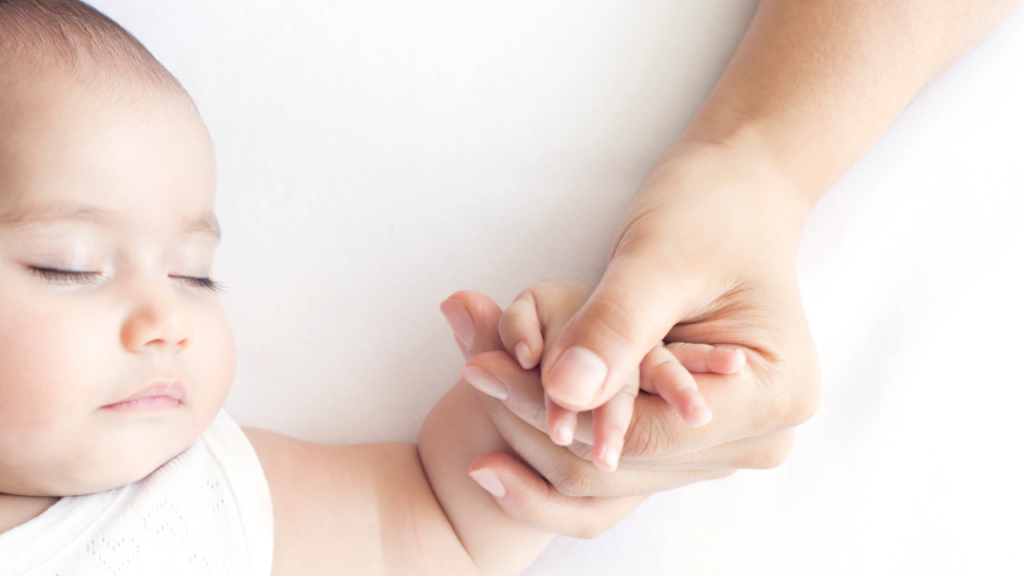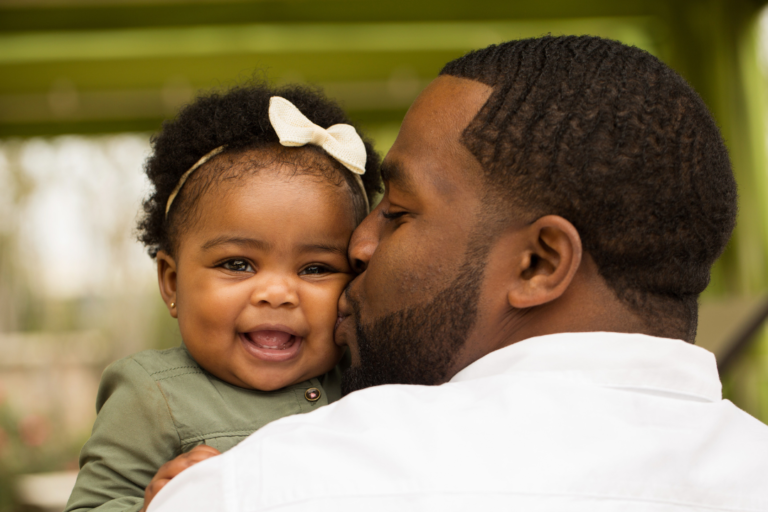The seven ‘S’s for calming your baby are techniques most new parents will need. At some point or another, you might find themselves at a loss when it comes to calming their crying baby. Out of desperation, we’ll try pretty much anything to soothe our babies. But understanding more about our baby’s sensory experience, can help use effectively use soothing techniques to settle our little ones.
If you think about it, your baby was nurtured in the ideal world of the womb for nine months. From this calm, soothing environment your baby emerges into a busy world full of unfamiliar sights, smells and sounds. It’s a harsh transition! Especially when you consider that your baby’s brain acts like a sponge. It’s absorbing all the new sensory information of the world. And particularly in the early days, your baby is very susceptible to overstimulation. This results in fussing and an unsettled baby who won’t sleep. It makes sense than that the seven ‘S’s for soothing your baby are focused on mimicking the world of the womb.
What are the seven ‘S’s for calming a baby?
The seven ‘S’s for calming your baby are a set of easy-to-follow strategies that can help soothe and settle your newborn. These include creating a sensory environment, encouraging self-calming, swaddling, utilising soothing touch through baby massage, using a sling or pouch for movement, incorporating calming sounds, and sticking to one strategy for at least 5 minutes before switching. By implementing these techniques, you can promote a smooth transition from the womb to the outside world and nurture a calm and contented baby.
The Seven ‘S’s for Calming Your Baby: Essential Strategies for New Parents
Let’s explore these seven easy tips to promote calm for your newborn:
Sensory environment
Develop ‘sensory eyes’ to know what may be causing your baby to be over stimulated. It could be a loud and busy room, harsh lights or the smell of strong perfume. You can then remove the stimulus or move to a more calming environment.
Self calming
Encourage your baby to self-calm by giving your baby the space to develop their own self calming tools, such as sucking their hands or clasping them together.
Swaddling
Tightly wrapping your baby in a stretchy blanket has been proven to calm young babies and help them sleep well.
Soothing touch
Baby massage is a fantastic tool for calming a baby and has all-day benefits as well as helping your baby to sleep well at night.
Sling or Pouch
Movement is lulling for your baby, mimicking womb environment it soothes babies very effectively.
Sounds for calming
Sounds such as white noise, e.g. the sounds of waves or radio static absorbs other sounds and is very calming for your baby. Lullabies and nature music help with calming and sleep.
Stick to one strategy for 5 minutes
The last thing an over stimulated baby needs is a lot of quick changes and each intervention you use is a stimulus for a short time, until your baby gets used to it. So try any of the above strategies for at least 5 minutes before trying the next.
Nurturing a Peaceful Environment: Mastering the Seven ‘S’s for Calming Your Baby
Parenting can be a happy time filled with special moments and new experiences. By following the Baby Sense principles for a calm baby and keeping their sensory world in mind, you and your baby can thrive through the early stages.
For more tips and tools to help you read your baby’s cues or make their transition from womb to world a smooth one, download the Parent Sense app. It’s my all-in-one baby app that guides you through the first year of your baby’s life with expert insights and access to incredible parenting resources like course, books, toolkits and more.




